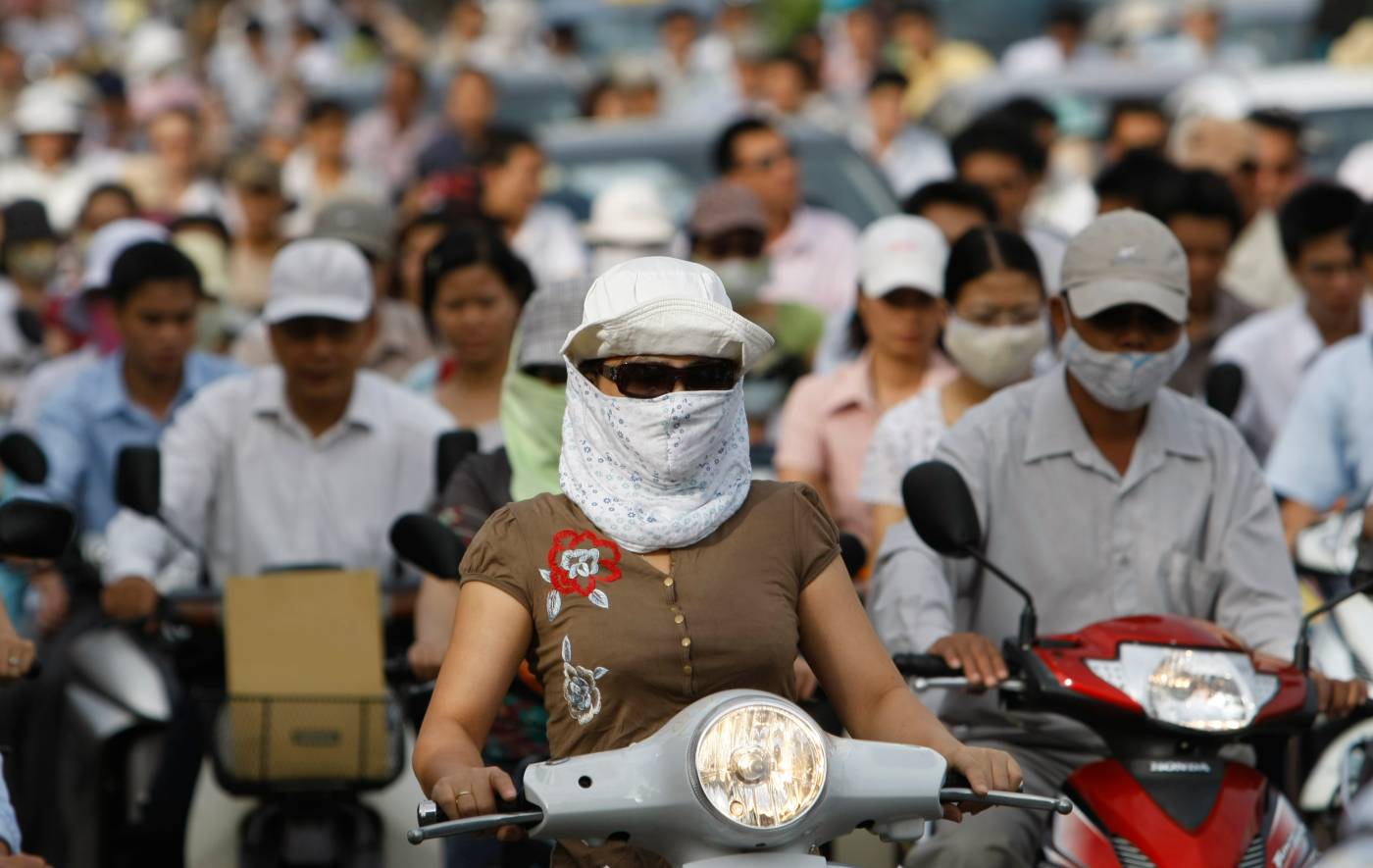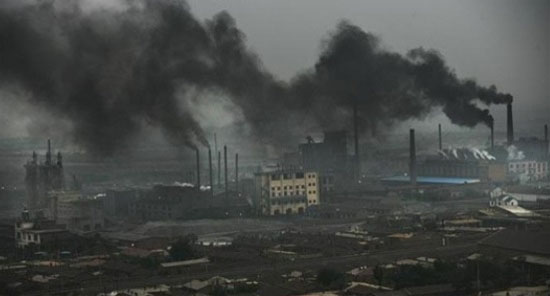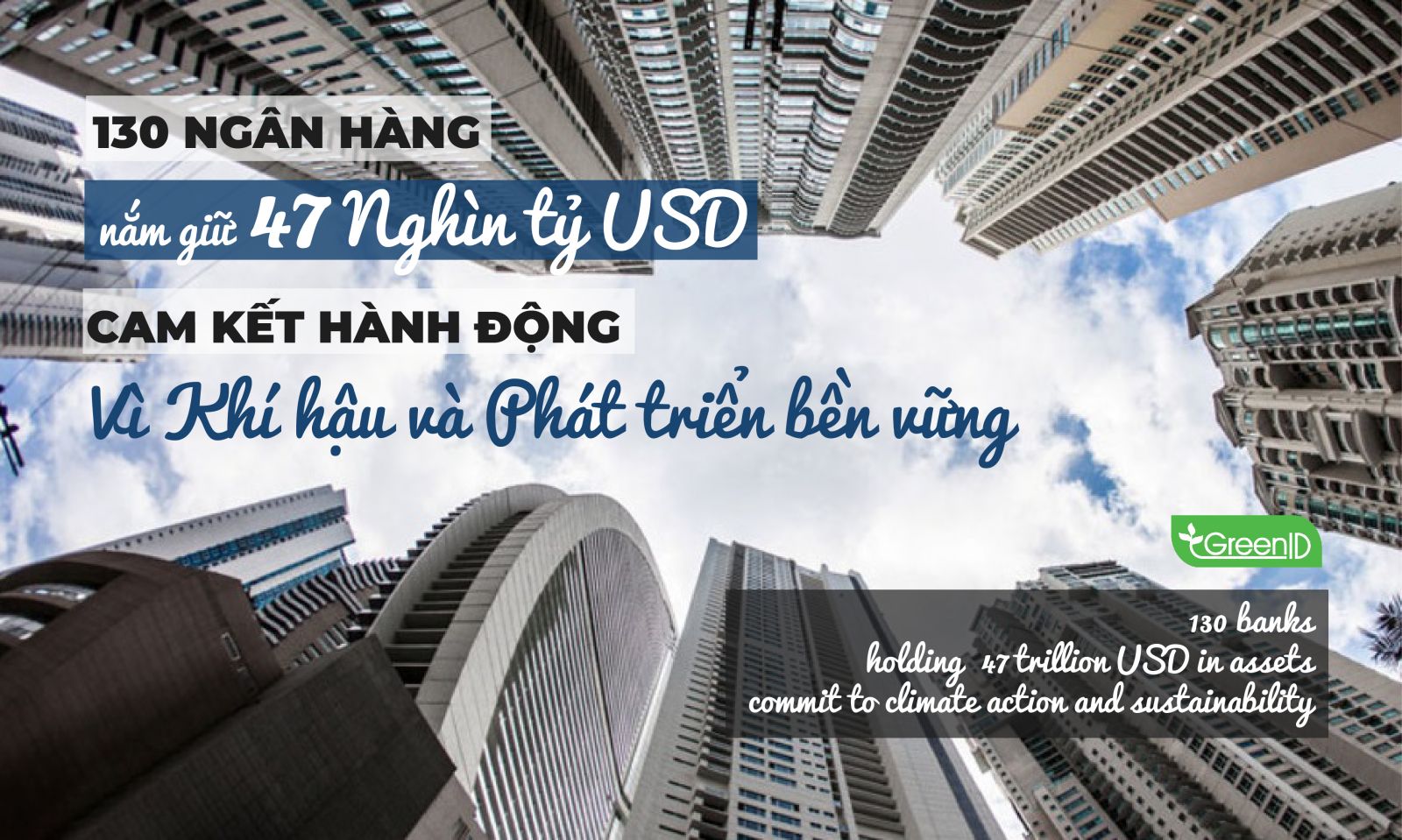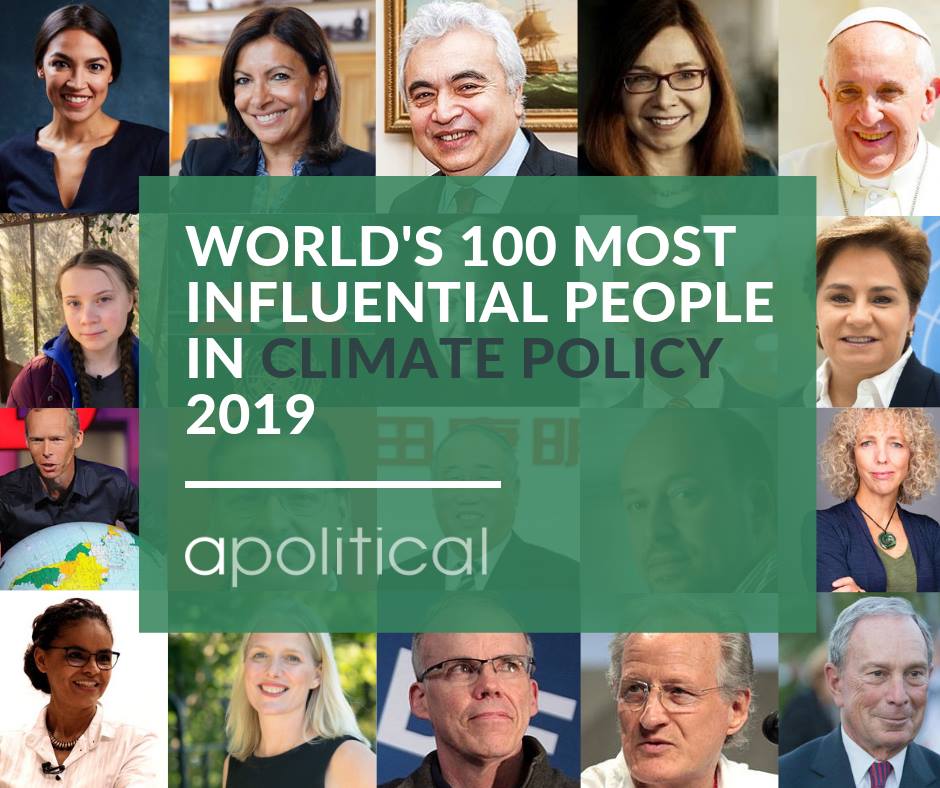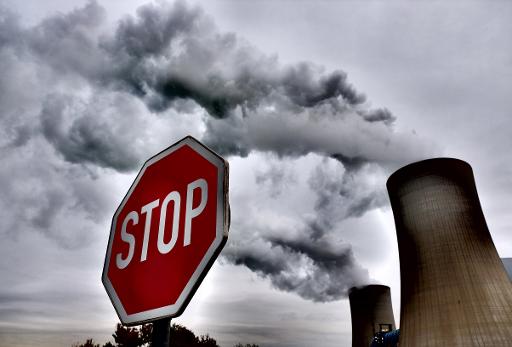
The Vietnam Sustainable Energy Alliance (VSEA) is the cooperation between 7 NGOs and independent energy experts in Vietnam, established in 2012. VSEA seeks to promote sustainable energy development in Vietnam and Mekong region by promoting an inclusive energy policy making process, introducing sustainable alternative energy solutions for the benefit of local communities and advocating for sustainable energy policies.
VSEA understood itself as a proactive partner within Vietnam’s energy transition. Through research, awareness raising and advocacy VSEA would like to support Vietnam transformation into a green growing economy.
VSEA highly appreciate the government efforts to create a legal frame work for renewable energy development in general and for solar energy in particular. As a group of civil society, VSEA would like to share our concerns and needs of Vietnamese people into the consultation process of decision surrounding development of solar energy projects in Vietnam.
VSEA fully agrees with the need to support solar PV mechanisms, in order to increase the share of renewable energy resources in Vietnam’s total energy production. While the existing framework does not encourage investors or private households to invest money into solar power, this new decision facing Vietnam open a window of opportunity to diversify Vietnam’s power supplies. VSEA believes that an effective “feet in tariff” (FIT) policy will create green developmental growth, new jobs, and better opportunities that produce clean energy for Vietnam at a reasonable cost. VSEA advocates for a FIT that fairly compensates the developer for his/her costs—without allowing unreasonable profits to encourage new renewable energy (RE) as well as private investments.
Private household and rooftop systems
Small scale solar PV projects on the private level, such as household, factory, and office buildings, are an ideal technology to integrate green energy production into Vietnam’s necessity for new energy sources. This will help to reduce grid losses and the need for increasing grid capacity, as well. By integrating PV solar onto industry buildings and residential areas, Vietnam will increase the efficiency of land use reducing negative demand that renewable energy production usually causes.
VSEA would like to emphasize that a separation between private households and companies, in terms of roof-top solar systems, will help increase the share of residential solar PV systems and spread the benefits and profits, as well as the generation capacity, all over the country. VSEA would propose: increase the FIT for small scale roof-top PV systems up to 25 UScents/kWh for each produced kWh for the first 10 project years, and then reduce FIT to a range of 10 to 12 UScent/kWh for the projects next 10 years.This will help encourage private households to invest in small scale solar PV by reducing the payback time and thereby their economic risk. Such a tariff will start the PV market from the ground up and give a wide range of people the opportunity to participate. It will also help to develop Vietnam’s national capacity for solar installation, maintenance, and manufacturing. Such a movement will support the local economy and create local green jobs.
Solar PV an added value
Even though solar PV systems are not producing energy around the clock, they have a great potential for power demand management especially during peak demand hours. During daylight, electricity demand for air conditioning increases while electrical production from solar PV systems increase as well. This link helps to overcome peak hours and helps flatten Vietnam’s load profile. Solar PV capacity will help increase the utilization of the existing power plants and reduce the need for additional expensive generation peak capacity for the system. Increasing the utilization of the overall generation units while reducing the peak hour demand creates a more efficient system reducing prices while increasing energy security.This balance potential should be taken into account when defining the FIT policies for solar.
In order to increase the generation share of solar PV reasonably within the next ten years, a 2 or 3 - step approach with FIT policies for investors and industry will be needed to create a domestic market. The investors will want to recoup their upfront investment over a fairly short period of time and the loan period. So, the FIT needs to be relatively high for the first 5 years, then about a third less for the next 7 years, after which the FIT can drop substantially. VSEA is advocating for a FIT that optimizes the cost for electric consumers and for the people of Vietnam. A flexible FIT that follows future price reduction for PV systems and maintenance cost, will reduce the risk of overpaying while allowing market participants to enter the market and gain reasonable profits for their investment.
Early starter premium
VSEA is promoting a limited first mover premium for the first three years of the decision, to ensure a proper development of domestic markets. This premium will help overcome the challenge for first mover projects. There will be high costs for solar PV until supply chains and the entire industries are built giving Vietnam a functioning solar industry. As new markets need some kind of a mechanism to get things moving, a higher tariff for the first three years will ensure the market can start while reducing the risk of over-subsidies.
FIT for off-Grid Areas:
GreenID on behalf of VSEA is promoting local energy planning (LEP) in order to give off-grid communities as well as subsequent poor household’s access to reduce their spending on energy usage. From GreenID’s experiences, decentralized renewable energy sources can be a great alternative for extending the grid in remote areas, such as islands and mountains regions. The current benefits of solar PV bringing electricity to remote and off-grid areas have not fully been explored. VSEA would propose to include off-grid areas in the FIT mechanisms by compensating households and investors for each kWh produced. This will help to electrifying the remaining off grid areas while being cost efficient within a short period of time.

